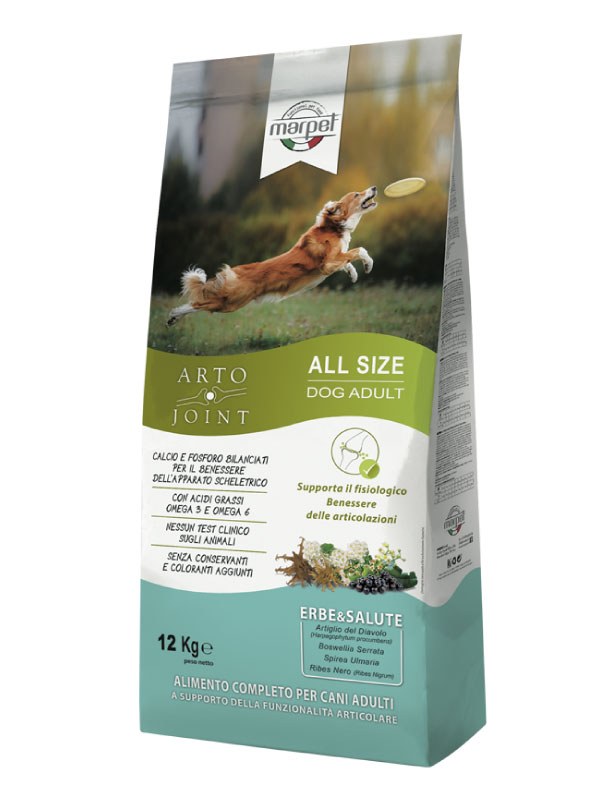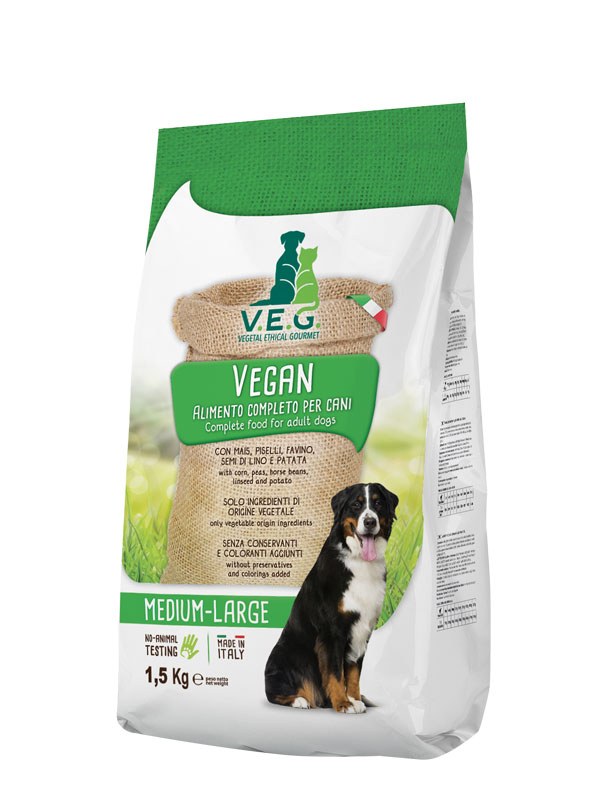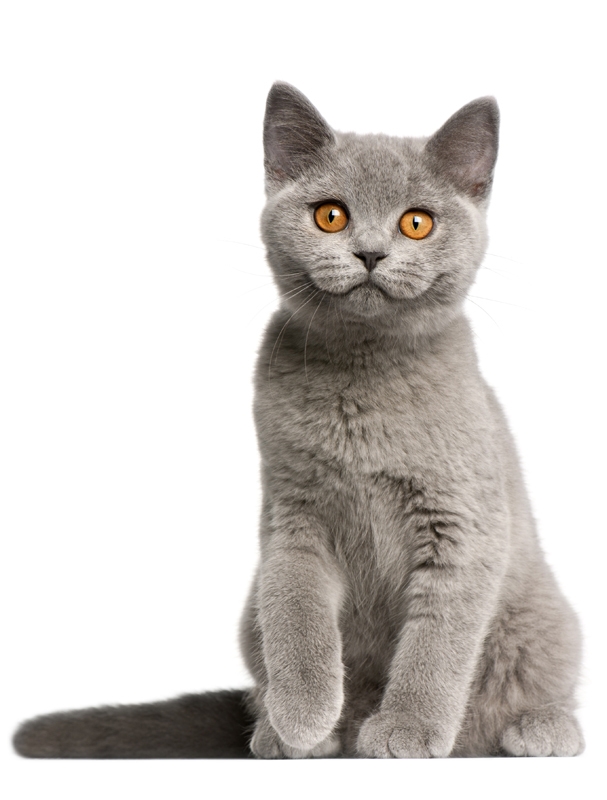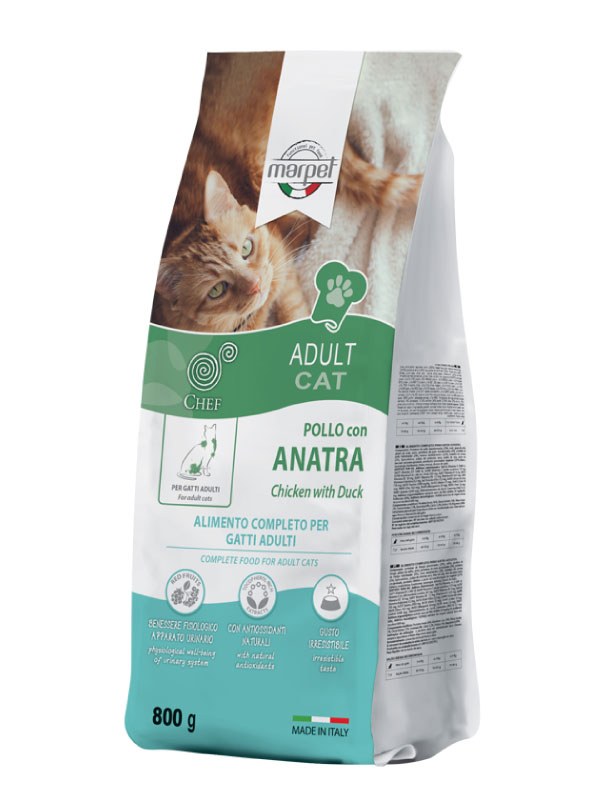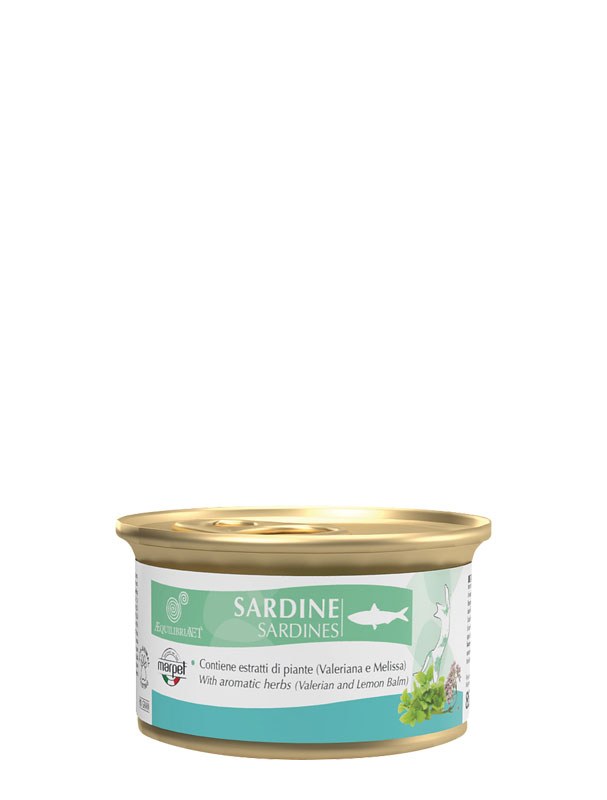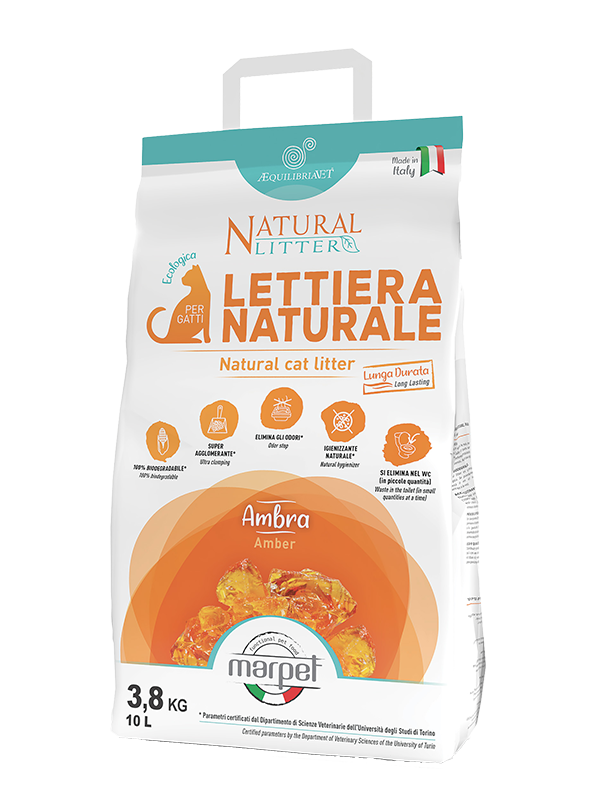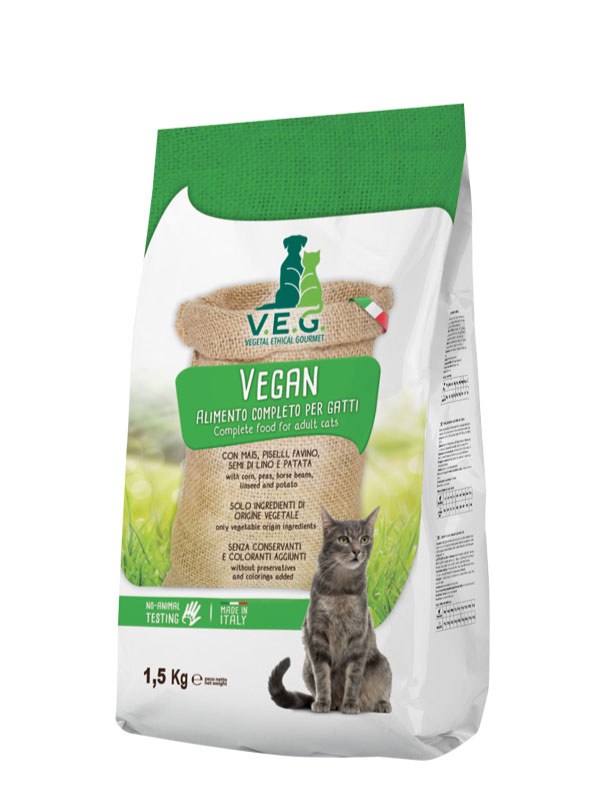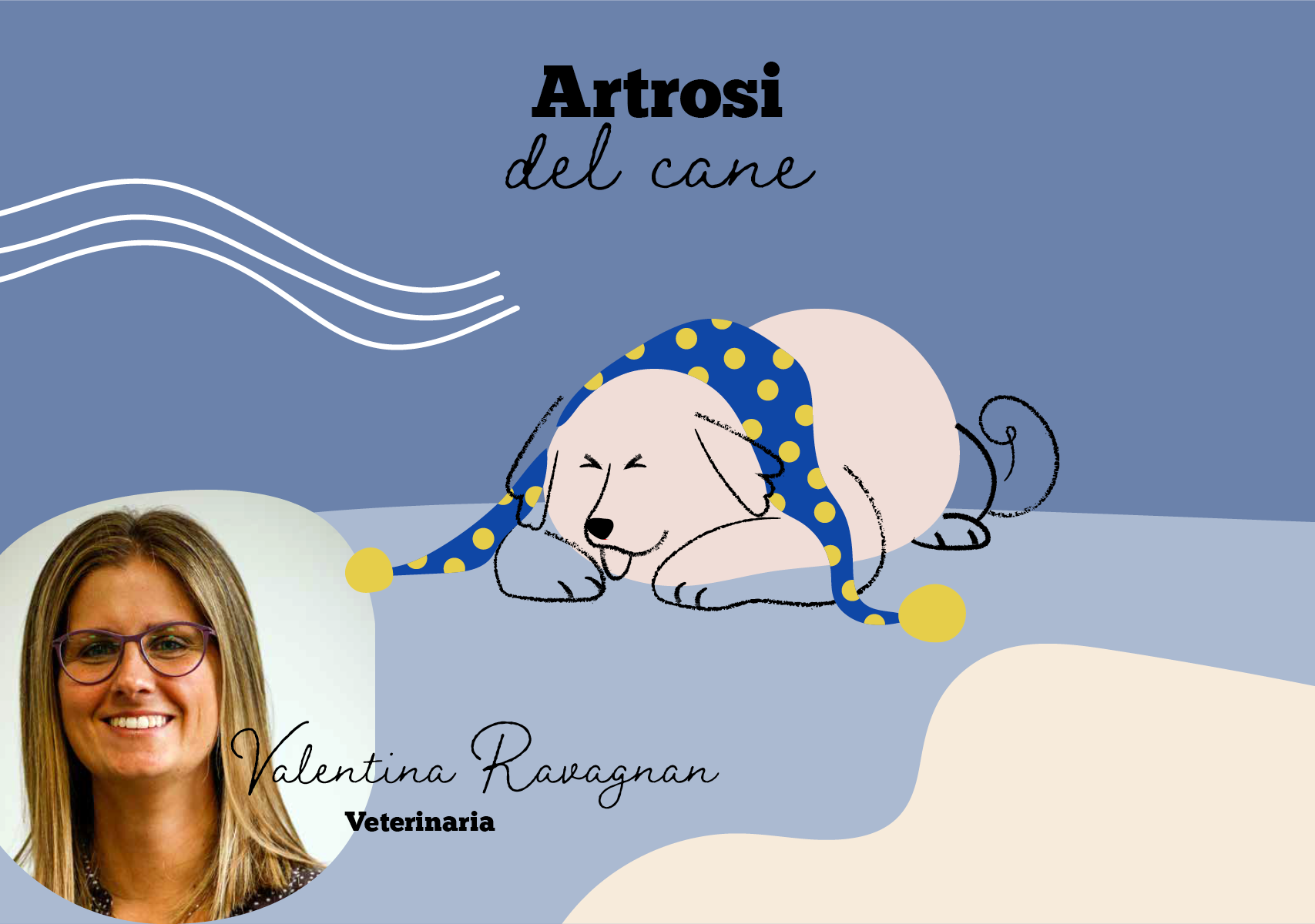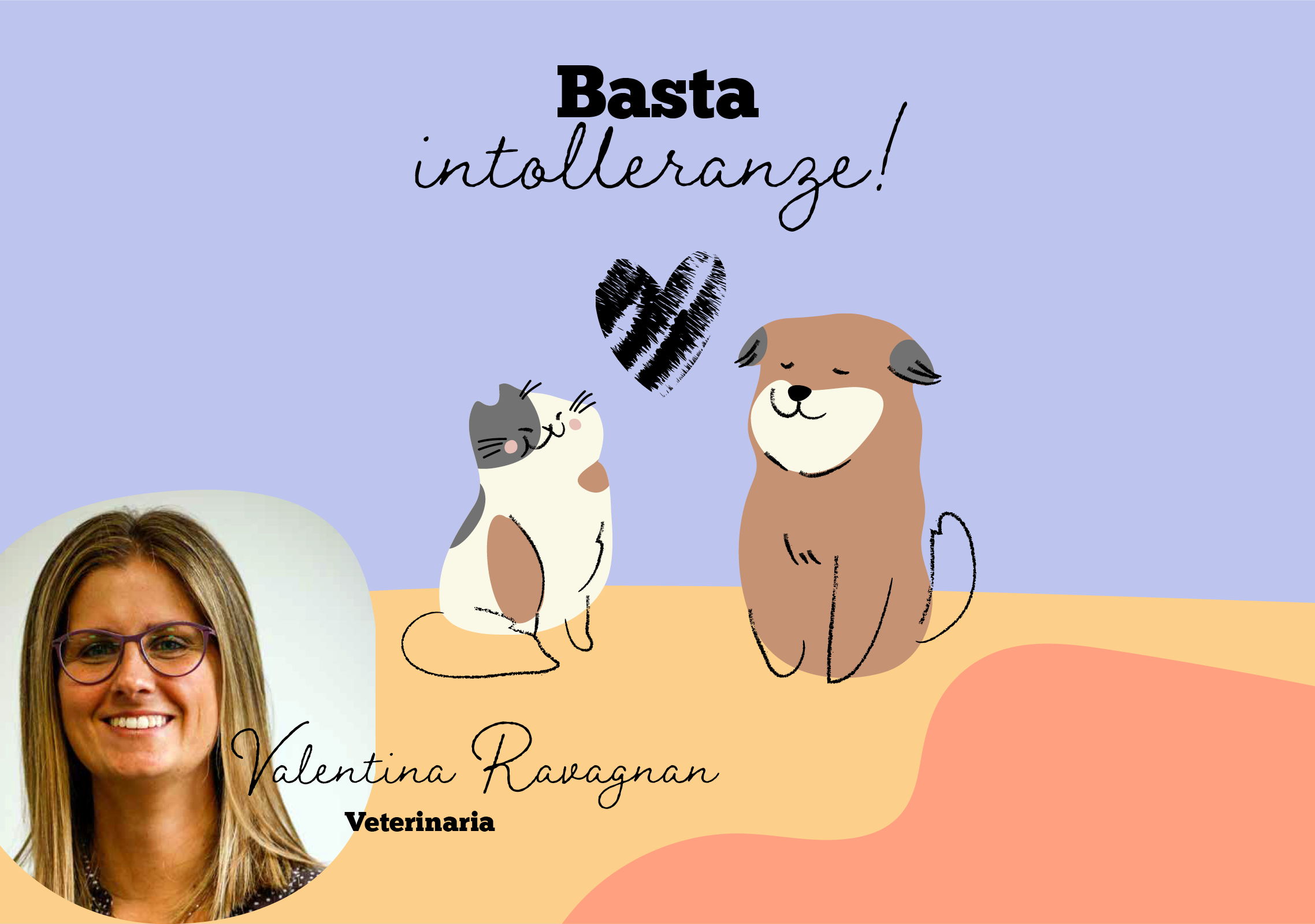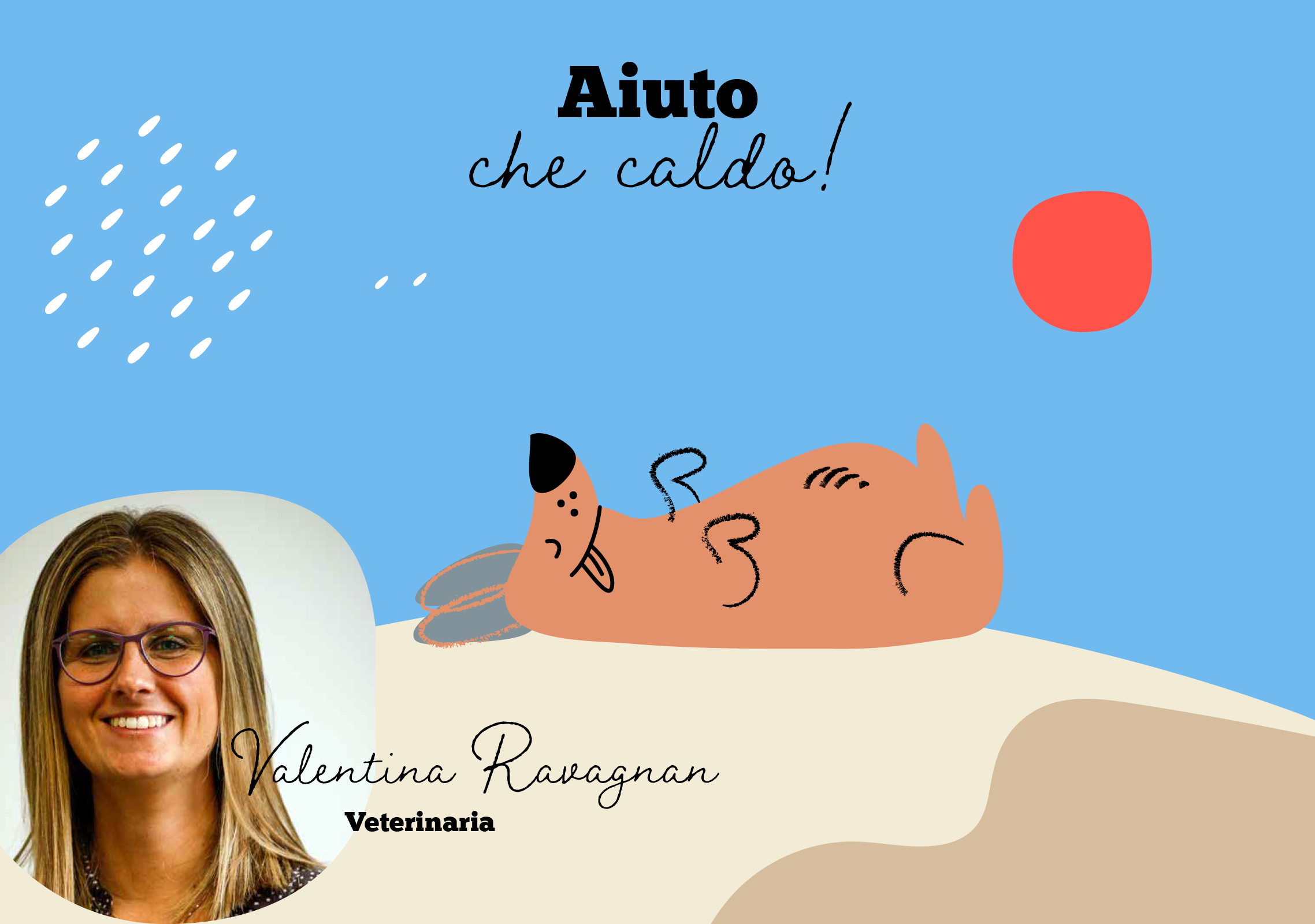SPRING AND PESTICIDES
Spring is just around the corner and when the first warm days begin to appear, the first thought of all pet owners is: "I have to put flea repellent!"
The use of external parasiticides is now common practice to combat the most common parasites but, even today, unfortunately these treatments are not always carried out correctly.
First of all, it is worth remembering that the "flea and tick issue" does not only need to be addressed during the summer. These unwanted guests are present throughout the year: even in the cold months, their intermediate forms (i.e. eggs and larvae) can be "transported" into our homes through our shoes or simply through the paws of dogs and cats. The milder temperatures and the presence of heating in the home create a favourable environment for them to hatch and mature into adults that will then infest our beloved four-legged friends.
For this reason, it is advisable never to lower our guard and to keep treatments constant, choosing the most suitable products according to the risk of infestation, the animal's lifestyle, its physical condition and the current season.
The world of antiparasitic products is quite wide and it is not always easy to make your choice. However, it is advisable (and fundamental) to ensure that you use products both for your dog or cat and for the environment, in order to avoid as far as possible the risk of re-infestation.
Treatments for animals can be of different types. There are those with a repellent effect and those without.
The first type provides greater coverage and also prevents the parasites from reaching the coat and skin, thus further reducing the risk of infestation. In addition, the repellent effect is essential to keep away parasites such as mosquitoes and phlebotomists that can transmit Filariasis and Leishmaniasis, diseases that are quite widespread and create considerable complications for our animal friends.
It is important to remember, however, that no product with a repellent effect can guarantee 100% effectiveness. This is why it can be very valuable to use the products in synergy for greater coverage and protection. This combination, however, cannot be made between synthetic products as it could lead to overdose. On the contrary, it can be a good alternative if chemical synthesis products are combined with natural ones.
Natural protection products and, above all, those based on Neem oil, are very useful and versatile as they complete the protection of synthetic products but can also be used exclusively in cases where the use of chemical products is not advisable (e.g. if the skin is injured, during pregnancy or breastfeeding, in situations of hypersensitivity to synthetic pesticides, etc.).
In recent years, products have also been marketed that can be administered orally, which offer excellent coverage but which should always be supplemented with products that have a repellent effect for greater protection, particularly from phlebotomists.
However, as mentioned, treating the environment is also essential.
Some products act on a broad spectrum, protecting both the animal and the environment while, in other cases, it is advisable to use different products to treat the dog or cat and the environment.
Here too, it is possible to combine chemical and natural remedies or to favour one or the other according to need. It is important to treat all the environments frequented by the dog or cat, including, for example, the car, which can become an excellent "receptacle" for intermediate forms that can survive undisturbed.
As a final summary, here are some simple rules for good prevention:
- Use protection products throughout the year, choosing those best suited to your needs (chemical, natural or both).
- Always follow the application instructions as errors in administration can significantly affect the effective protection of your pet.
- Respect the application times, without exceeding (in order not to risk overdosing) and without letting too much time pass between one administration and another.
- Pay attention to the washing of your four-legged friend by finding out when a pesticide can be administered in relation to the animal's grooming.
- Remember to treat all the rooms in which your pet lives properly too.
And, a good rule to always take into consideration, for any doubts, contact your trusted veterinarian who will be able to recommend the most suitable product for your needs.
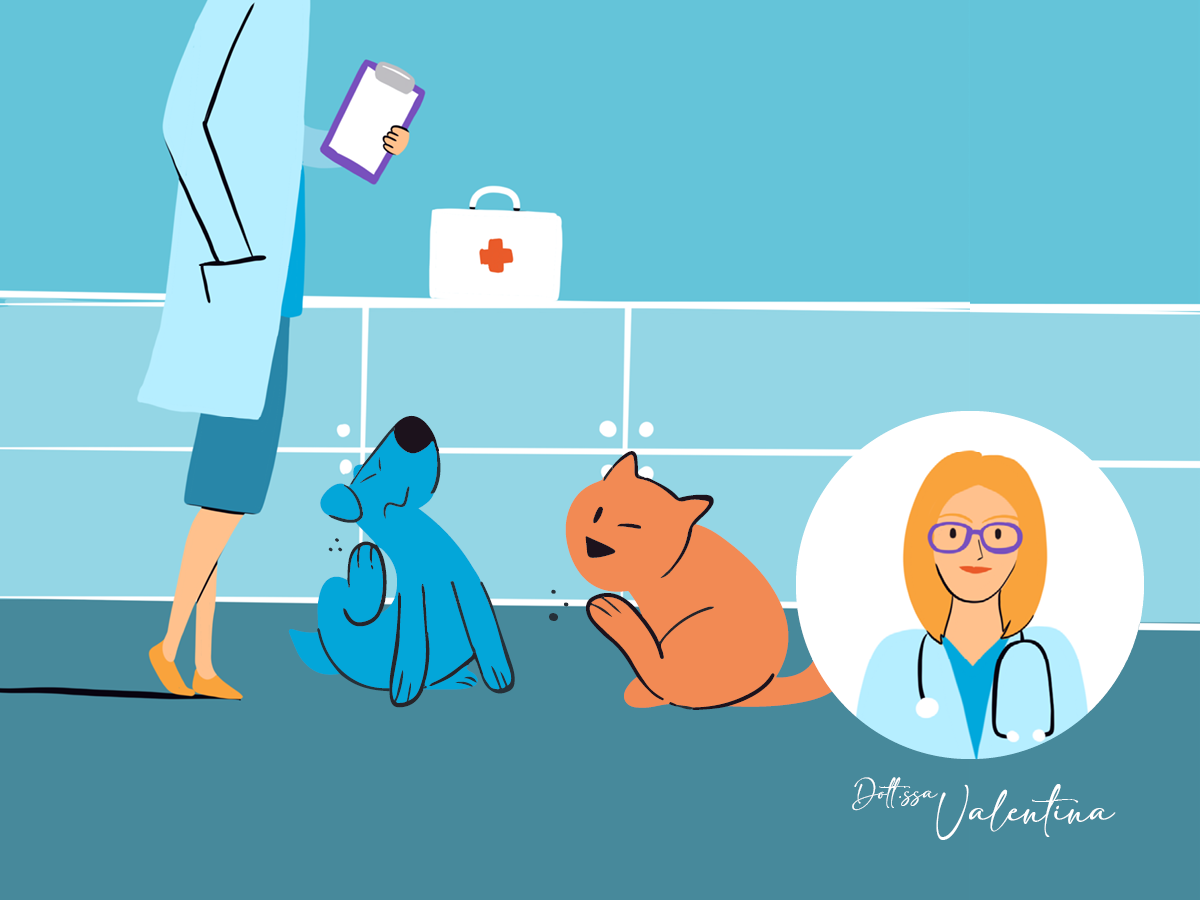
The arrival of autumn and the resulting cold weather is certainly a time of great interest for anyone with a dog or cat, especially if the animal is elderly or suffers from joint problems.
I prodotti monoproteici hanno preso parecchio spazio sugli scaffali dei nostri petshop preferiti. Ma cosa vuol dire alimento monoproteico?
Especially during the hottest months of the year, thermal changes and high temperatures can be really dangerous both for us humans and for our inseparable animal friends. What are the risks of so-called heatstroke? And what are the best ways to prevent its consequences? Let's find out together!


